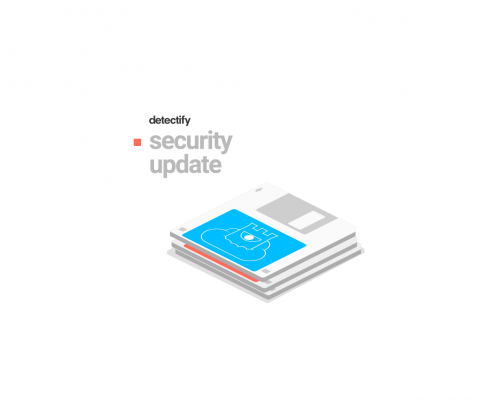5G Technology: How to Make Sure the Benefits Outweigh the Security Risks
It’s hard not to say that 5G technology brings a lot of benefits. 5G entails faster download speeds, and yes, if you have a 5G-enabled handset, you could hear and appreciate the speed increases for videos, gaming, etc. However, 5G provides added benefits that go way above those for the everyday user. Let’s take a look at the high speed and low latency of 5G. There are a lot of areas or industries that require pinpoint accuracy and precision.










